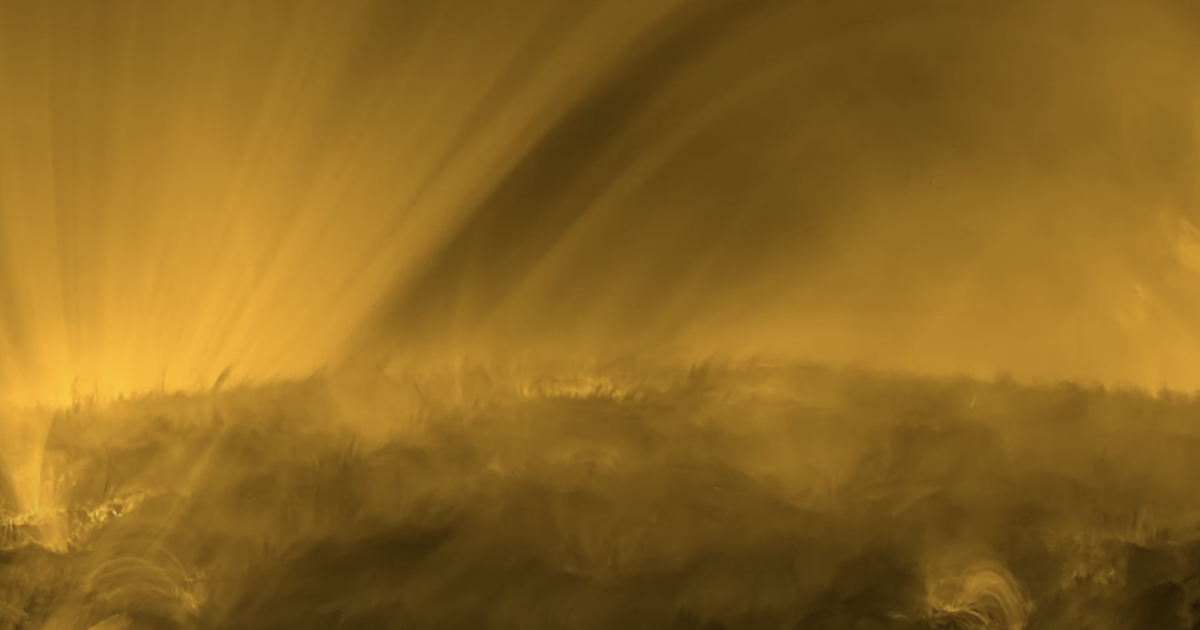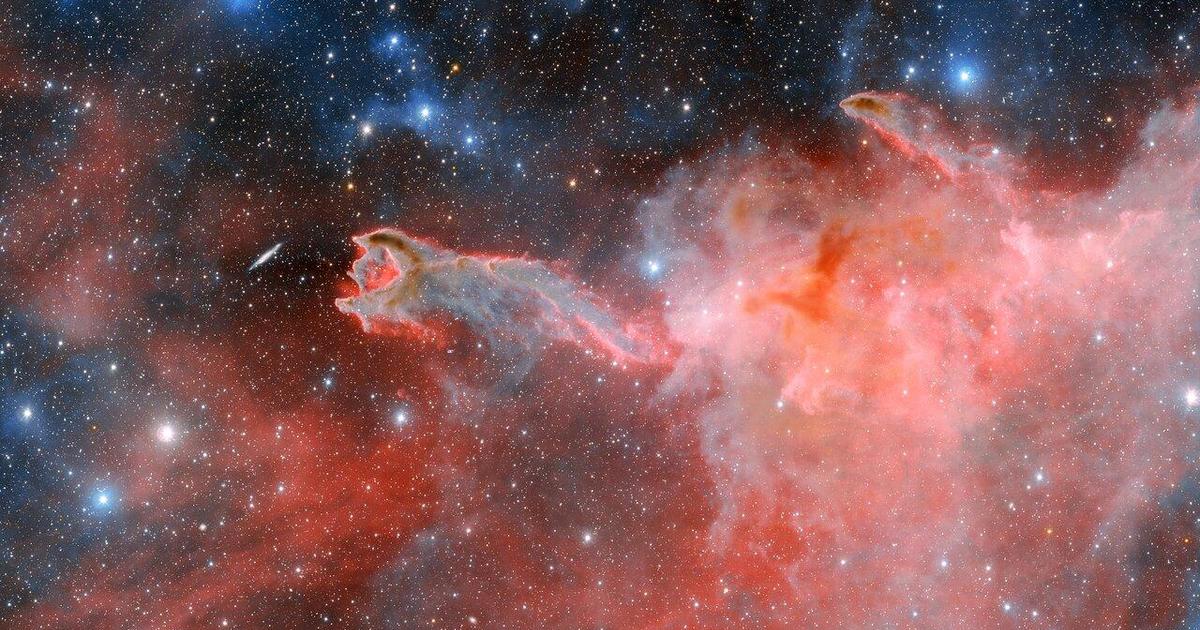Giant planet discovered orbiting dead star may be a glimpse into our solar system's future
Astronomers have discovered a giant planet orbiting a dead star, which they say could resemble our solar system when the Sun dies out in approximately 5 billion years.
Scientists discovered a Jupiter-like planet, which has a similar orbit as the Gas Giant, revolving around a dead star — or white dwarf — near the center of the Milky Way, according to a news release. The team also found the planet is 40 times more massive than Jupiter and the white dwarf is about 60% of the Sun's mass.
Researchers found the system using the W. M. Keck Observatory in Hawaii and wrote about their findings in a new study published in the journal Nature this week.
There's reason to be optimistic about the fate of some planets in our solar system in spite of the sun's ticking time clock, said Joshua Blackman, a researcher at the University of Tasmania in Australia and lead author of the study.
"This evidence confirms that planets orbiting at a large enough distance can continue to exist after their star's death," said Blackman. "Given that this system is an analog to our own solar system, it suggests that Jupiter and Saturn might survive the Sun's red giant phase, when it runs out of nuclear fuel and self-destructs."
Earth's future, however, "may not be so rosy" because of its proximity to the Sun, said co-author David Bennett, a senior research scientist at the University of Maryland and NASA's Goddard Space Flight Center.
"If humankind wanted to move to a moon of Jupiter or Saturn before the Sun fried the Earth during its red supergiant phase, we'd still remain in orbit around the Sun, although we would not be able to rely on heat from the Sun as a white dwarf for very long," he said.
When looking at the planet's host star, Jean-Philippe Beaulieu, another co-author of the study, said they ruled out a neuron star and black hole host, and instead concluded the planet was orbiting a dead star. The team discovered its starlight wasn't bright enough to be an ordinary star.
"It offers a glimpse into what our solar system will look like after the disappearance of the Earth, whipped out in the cataclysmic demise of our Sun," said Beaulieu, who is a chair of astrophysics at the University of Tasmania and director at the Institut d'Astrophysique de Paris.
The research team will include its findings in a statistical study to find how many other white dwarfs have planetary survivors. NASA's upcoming mission, the Nancy Grace Roman Telescope, which helps directly image giant planets, will aid in their investigation.





